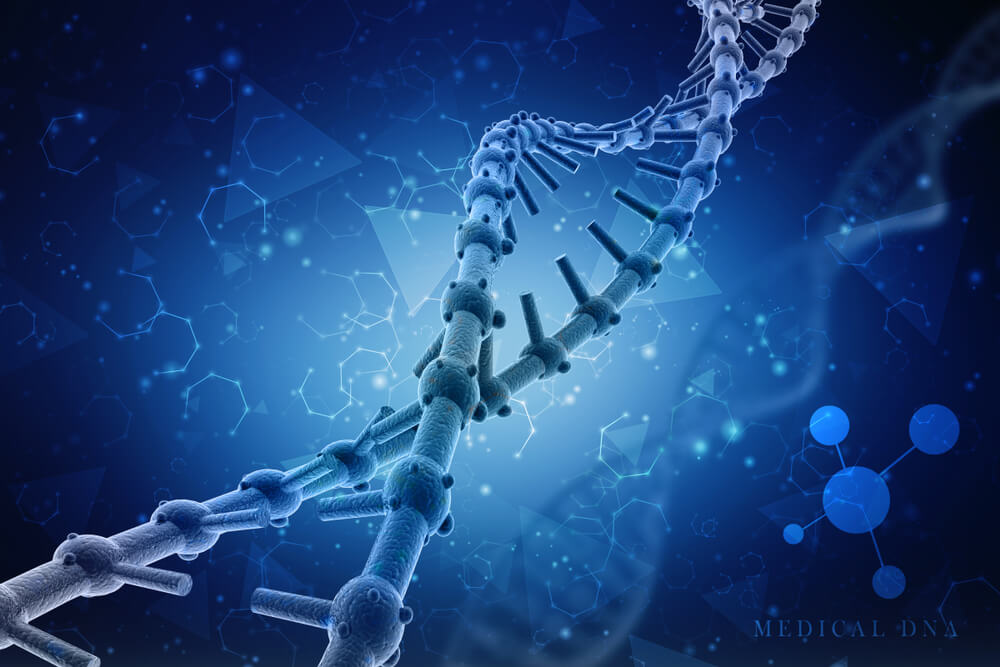Table of Contents
In biology, used to ferry a desired DNA sequence into a host cell as part of a molecular cloning procedure.
What are Cloning vectors?
A cloning vector is a vector that propagates the DNA we’re interested in, in the organism we’ve chosen to propagate it in, to get clones of our gene of interest.
Elements , a cloning vector must have:
1. Origin of replication– The specific sequence of nucleotide in a DNA, which acts, as the origin of the replication process is known as ORI. The foreign DNA starts replicating along with the host cell when it is integrated or connected to this sequence.
2. Multiple Cloning Sites(MCS)– An MCS contains many unique restriction sites to choose from, so compatible restriction enzymes(such as EcoRI,HinDIII etc) can be used on both the vector and the insert.
3. Selectable Markers- The cloning vector must possess a selectable marker gene as it allows the selection of the host cells, which carry the recombinant DNA, and separates them from those that do not.
Types of cloning vectors:
1. Plasmid-
plasmids are kind of mini-bacterial chromosomes. They have a way to replicate themselves, and they also carry one or two genes on them that make them resistant to specific antibiotics. So if we can insert the gene into this plasmid, we can select for the bacteria that have picked up that plasmid by growing them on an antibiotic that, if they haven’t picked it up, would kill them. And then we can isolate one colony of bacteria and clone that.

This pBR322 is a 4,362-bp double-stranded DNA plasmid cloning vehicle designed to allow simple and rapid preparation of cloned recombinant DNA fragments. (Wilson and Walker Book)
It contains two antibiotic resistance genes, an origin of replication, and a variety of useful restriction sites for cloning or subcloning restriction fragments. The two antibiotic resistance genes possess unique cloning sites for the insertion of DNA fragments. Opening the plasmid with an RE and inserting a compatible DNA segment with DNA ligase inactivates this resistance gene. Selection is achieved by growing and plating the transformed cells in the presence of the other antibiotic.
2. Bacteriophage-
Cloning vectors derived from λ bacteriophage are commonly used since they offer an approximately 16-fold advantage in cloning efficiency in comparison with the most efficient plasmid cloning vectors.
3. Cosmid-
cosmid vectors have been constructed that incorporate the cos sites from phage l and also the essential features of a plasmid, such as the plasmid origin of replication, a gene for drug resistance, and several unique restriction sites for insertion of the DNA to be cloned.
4. Bacterial Artificial Chromosomes(BAC)-
There are other vectors that are larger and will have multiple sites of origins of replication, and these are known as bacterial artificial chromosomes, and they can handle much larger pieces of DNA.
5. Yeast Artificial Chromosomes(YAC)-
There are yeast artificial chromosomes that allow very large fragments of DNA to be grown in yeast cells.
6. Human Artificial Chromosome –
It is an artificial chromosome that is used to transfer human gene and has no limit on cloning as it can carry a large segment of the DNA.
What is Expression vector?
A plasmid containing the required regulatory sequences specifically used for the expression of a particular gene into proteins within the target cell is calles a expression vector.
Elements , a expression vector must have:
1. Origin of replicaton- The specific sequence of nucleotide in a DNA, which acts, as the origin of the replication process is known as ORI. The foreign DNA starts replicating along with the host cell when it is integrated or connected to this sequence.
2. Multiple Cloning Sites(MCS)- An MCS contains many unique restriction sites to choose from, so compatible restriction enzymes(such as EcoRI,HinDIII etc) can be used on both the vector and the insert.
3. Selectable Markers-The cloning vector must possess a selectable marker gene as it allows the selection of the host cells, which carry the recombinant DNA, and separates them from those that do not.
4. A Strong Promoter- The main function of expression vector is to yield the product of the gene,there for a strong promoter(i.e, higher affinity towards RNA pol) is needed.
5. Translation and Transcription Controlling sequence- special seq for the termination of transcription of the gene, Ribosome Binding Site(RBS), Start codons,Stop codon etc are needed for translation of the produced mRNA.
6. Purification Tag- Protein tags are most frequently used to purify proteins for which no protein-specific antibody exists. Such tags include his (polyhistidine), FLAG (DYKDDDDK), GST, and Myc tags, which are fused to proteins of interest using expression vector systems.
pET Vector(Plasmid for Expression by T7 RNA polymerase):
This is one of the most used systems for expression of recombinant proteins.
Originally constructed by Studier and colleagues.
It has a size of almost 5700bp.
Derived from pBR322 plasmids.
Utilizes phase T7 promoters to regulate synthesis of cloned gene product.

regulation of Protein expression in pET system. (Source GOOGLE)
The gene for T7 RNA polymerase is inseted into the chromosome of E.Coli. When the inducer IPTG is added, it will bind to the lac repressor and the operator becomes free. Hence the E.coli RNA pol can progress and T7 RNA pol is transcribed from the lac promoter.
The T7 RNA pol then recognises the T7 promoter on the vector and transcribe the gene cloned into the pET.
If the product of the cloned gene is toxic,it may necessary to reduce the transcription of the cloned gene before induction.
The T7 lysozyme encoded by a compatible plasmid,pLysS, will bind to any residual T7 RNA pol made in the absence of induction and inactivate it.
Also,the presence of lac operators between the T7 promoter and the cloned gene will further reduce the transcription of the cloned gene in the absence of the inducer IPTG.
for more follow us on social media.

